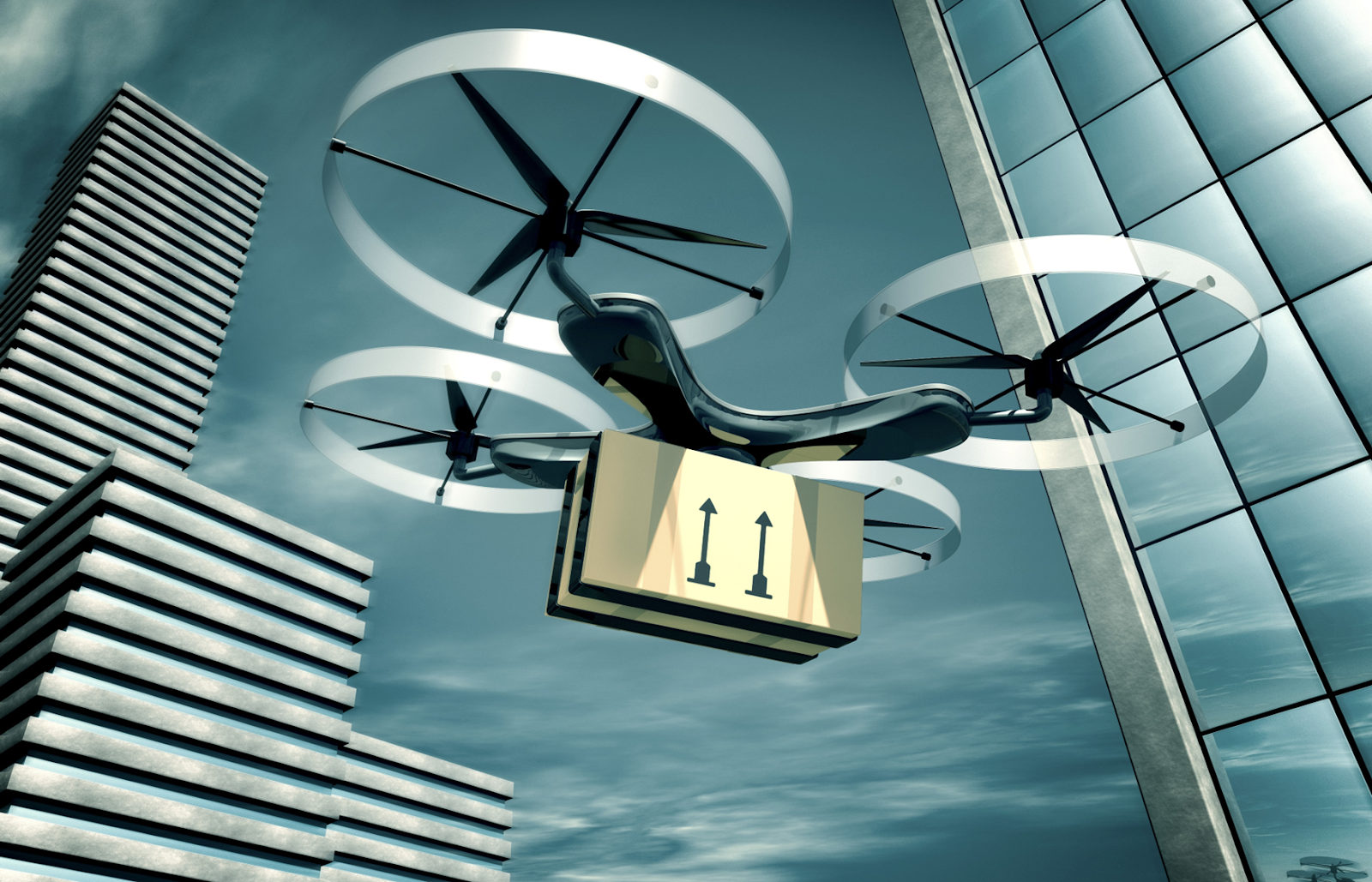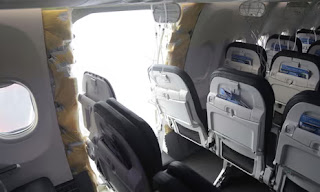TOP FLIGHT SECURITY - TSA SECURITY MEASURES - THE GOOD, THE BAD, AND THE WAY FORWARD
The Transportation Security Administration faces an invisible enemy every second of every day, that poses an extreme risk to travelers, and workers in airports across the country. Ranging from terrorists, bomb threats, unmanned aircraft systems (UAS), cyber-attacks, and more. This has pushed the TSA to evolve and develop new procedures and tactics to combat the ever-growing hostile presence.
The TSA was created after the violent and terrible acts of 9/11 when then-President Bush signed into effect the Aviation and Transportation Security Act. This Act "required screening conducted by federal officials, 100 percent checked baggage screening, expansion of the Federal Air Marshal Service and reinforced cockpit doors; and finally, the TSA being created to oversee security in all modes of transportation (TSA, 2023)." Following the implementation of the TSA, the agents have halted even more threats with the implementation of strict security protocols. They stopped the infamous shoe bomber Richard Reid, who hid an explosive device in his shoe; this sparked the shoe removal requirement to scan shoes for explosive devices.
An emerging threat to aviation and airport security is through the use of UAS.
According to the TSA in 2023:
Current trends with Unmanned Aircraft Systems (UAS) show an increased ability to operate autonomously beyond the visual line of sight or conduct pre-programmed routes. Unauthorized use around airports and other transportation venues continues to rapidly increase, raising the prospect that threat actors and foreign-inspired terrorists might use UAS for attacks, disruptive operations, and surveillance.
How can the TSA's layers of security help prevent threats of UAS attacks?
TRAINING -The first step is training, providing crucial training to the transportation employees and workers creates a foundation to build upon to help combat and mitigate the threat of terroristic activities.
TECHNOLOGICAL ADVANCES - Developing and partnering with international partners who face the same threats. With those advances, detecting these airborne threats will become easier.
PHYSICAL SECURITY - At the airport, there are canine sweeps as well as increased patrols in and around the airport. Keeping security personnel at heightened levels will always help with deterrence and early detection of possible threats.
As the TSA continues to grow with the help of technology; airports will become an even harder target eventually reducing UAS attacks to an outdated method of attack.
Currently, The TSA utilizes surveillance, communication, general aviation passenger methods to detect signs of UAS threats, and finally UAS detection and mitigation technology. Utilizing agents to survey the airport and the surrounding areas and communicate the apparent signs of UAS threats. With the assistance of passengers to help report any signs of possible terror activities to officials. Obviously, one negative about relying on passenger reports is that passengers are not vetted to actually report valid threats. Not to discount the word of a civilian, however, a civilian could be a villain in disguise and could be a threat planted to cause misdirection and result in the success of a terror attack.
According to the FAA:
The Administration requires all airports certified under part 139 to have an approved UAS Response Plan for the interruption of airport operations and/or the safe operations of manned air traffic be included in their Airport Certification Manual (ACM) (2024).
Two categories the UAS deterrence systems fall under are the UAS Detection Systems and the UAS Mitigation Systems a.k.a. counter UAS.
A way forward to improve defense against UAS threats is technology, battling technology with technology. Early detection of small aerial devices is a way to help mitigate this major threat to airports, aircraft, workers, and passengers. Improving upon these current technologies will further increase protection.
REFERENCES
FAA. (2024, April 25). UAS Detection, Mitigation, and Response on Airports. Federal Aviation Administration. [URL].
https://www.faa.gov/airports/new_entrants/uas_detection_mitigation_response
TSA. (2023, June 12). TSA Strategy. Law Enforcement/Federal Air Marshal Service. Transportation Security Administration. [URL].
https://www.tsa.gov/sites/default/files/13597_layout_le_fams_roadmap_final.pdf
Image with No Author, TSA Strategy. Law Enforcement/Federal Air Marshal Service. Retrieved from URL.
https://www.tsa.gov/sites/default/files/13597_layout_le_fams_roadmap_final.pdf
TSA. (No Date). Transportation Security Timeline. Transportation Security Administration. [URL].
https://www.tsa.gov/timeline
TSA. (2017, July). Security Guidelines for General Aviation Airport Operators and Users. Transportation Security Administration. Information Publication A-001, Version 2. [URL].
https://www.tsa.gov/sites/default/files/2017_ga_security_guidelines.pdf
(Image of drone retrieved Microsoft Power Point Stock Images)




Comments
Post a Comment